Vitra
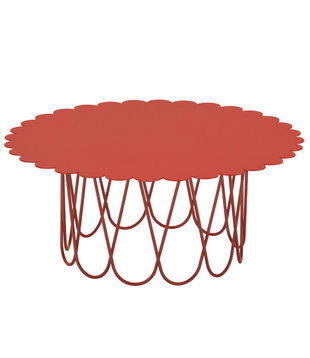
Blooming all year round, the Vitra Flower table was designed by Alexander Girard and has the appearance of a flower in full bloom and comes in different sizes.
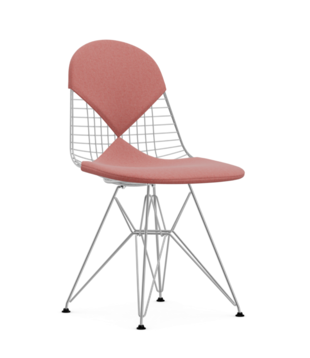
The iconic Wire Chair DKR bucket seat by Vitra is skilfully made of welded steel wire and has an airy character and the famous Eiffel base.
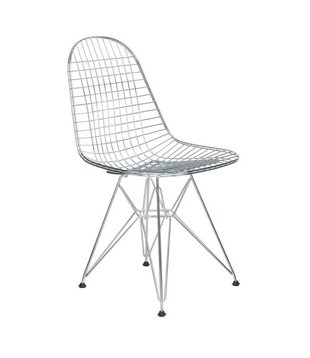
The iconic Wire Chair DKR bucket seat by Vitra is skilfully made of welded steel wire and has an airy character and the famous Eiffel base.
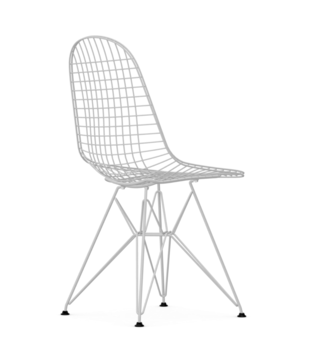
The iconic Wire Chair DKR bucket seat by Vitra is skilfully made of welded steel wire and has an airy character and the famous Eiffel base.

The iconic Wire Chair DKR bucket seat by Vitra is skilfully made of welded steel wire and has an airy character and the famous Eiffel base.
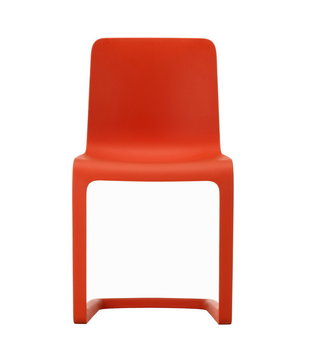
The Vitra Evo-C chair has been stripped of all unnecessary details, which is typical of Jasper Morrison.
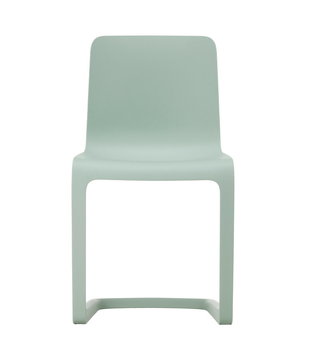
The Vitra Evo-C chair has been stripped of all unnecessary details, which is typical of Jasper Morrison.
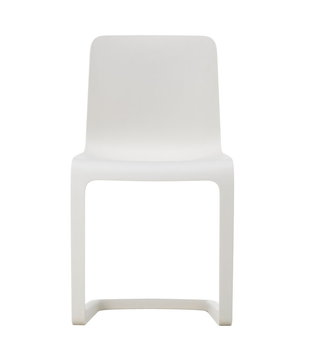
The Vitra Evo-C chair has been stripped of all unnecessary details, which is typical of Jasper Morrison.
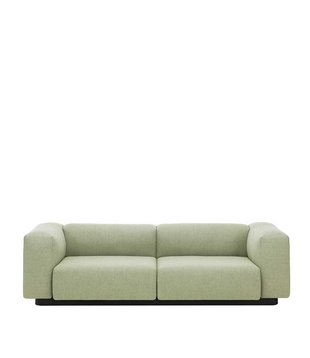
The modern and elegant Soft Modular Sofa by designer Jasper Morrison has beautiful straight lines and has become a well-known design classic.
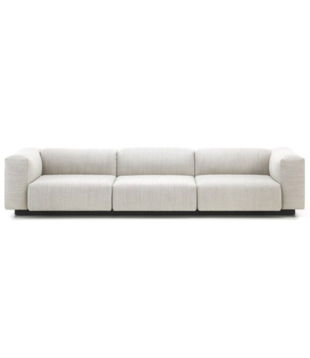
The modern and elegant Soft Modular Sofa by designer Jasper Morrison has beautiful straight lines and has become a well-known design classic.
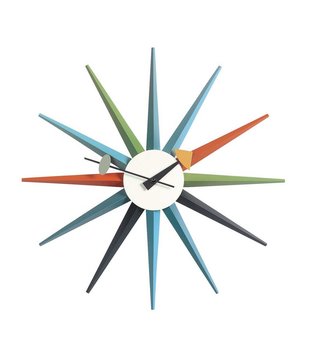
The Vitra's Sunburst clock from 1949 is a true work of art that is sure to attract attention in any room.
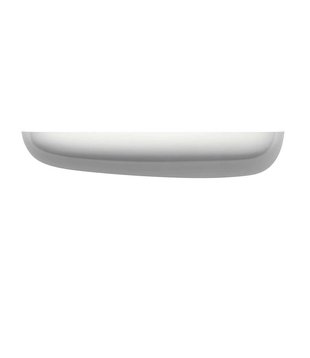
The Vitra Corniches shelves by Ronan and Erwan Bouroullec are wall shelves that you can install anywhere to create extra space, for example for your decorative items.

The Vitra Corniches shelves by Ronan and Erwan Bouroullec are wall shelves that you can install anywhere to create extra space, for example for your decorative items.
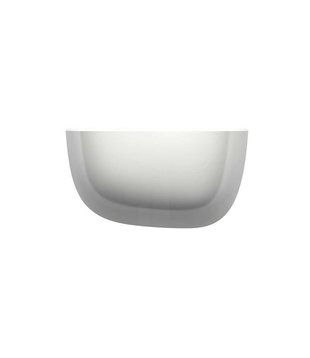
The Vitra Corniches shelves by Ronan and Erwan Bouroullec are wall shelves that you can install anywhere to create extra space, for example for your decorative items.
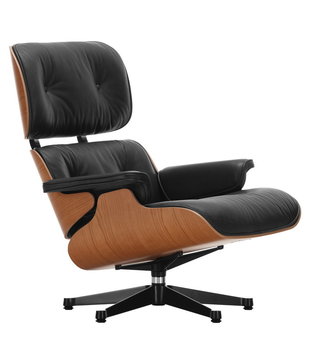
This iconic Vitra Lounge Chair by Charles and Ray Eames is the modern counterpart to the more traditional English club chair, an ottoman is also available.
Vitra
A family business for eighty years, Vitra believes in lasting relationships with customers, employees and designers, durable products, sustainable growth and the power of good design.
The Swiss Vitra has been producing beautiful and iconic chairs, tables, lamps and home accessories for private homes as well as offices and public spaces since the 1950s. The strength of the brand lies in the products designed by the world's most renowned designers such as Charles and Ray Eames, Verner Panton, Jean Prouvé, Hella Jongerius, the Bouroullec brothers and many others. Together with them, they make high-quality design furniture with an eye for sustainability and innovation. Vitra already has many design classics to its name, such as the very popular Eames Loungechair and the Eames Plastic Chairs. The collaboration between Vitra and Ray and Charles Eames in the 1940s/50s was therefore a golden opportunity.
The Vitra Chairs:
Vitra is well known for its chair collection. For example, there is the Panton Chair, DSW, DAR, DAW and the DSR series, all very specific and iconic by now.
The Vitra tables:
There are dining side tables and coffee tables, most designed by Charles & Ray Eames. But the tables of the other designers are also very well known, such as the coffee table by the designer Isamu Noguchi. this table has a sculptural organic shape and a ditto glass table top.
Vitra Lamps:
Then you immediately think of the Akari collection, which consists of no less than 55 versions, this series was designed by Isamu Noguchi. The series consists of floor lamps, pendant lamps and table lamps. All these lamps are still made by hand from shoji paper and therefore beautifully traditionally filtered, creating a warm glow and a pleasant atmosphere.
Vitra Clocks
All Vitra clocks are designed by George Nelson, a well-known designer from the United States. Today, the studio of designer George Nelson is considered one of the founders of American modernism and one of the most influential American furniture designers of the 1950s. Nelson was active as a designer, graphic artist, architect, exhibition organizer, design manager and design promoter. A design critic and theorist, he is also the author of a number of books 'Tomorrow's House' (1947), 'Problems of Design' (1957), 'How to see' (1977), 'On Design' (1979), and a special rich journalistic body of work that has influenced the international approach to design and architecture for decades.












